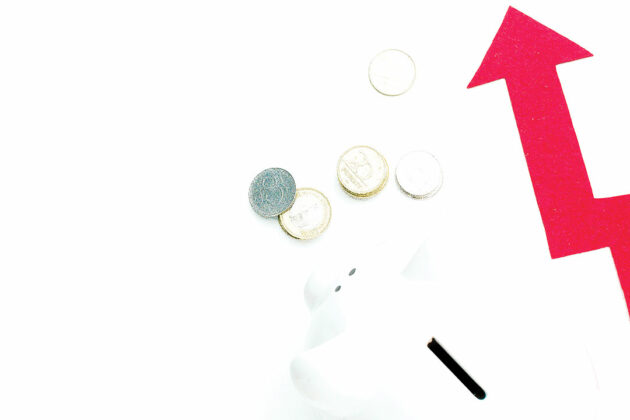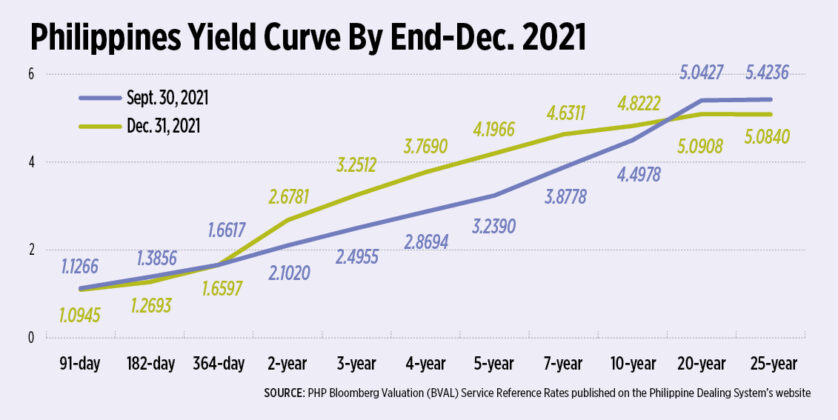By Bernadette Therese M. Gadon, Researcher
THE FINANCIAL TECHNOLOGY (fintech) landscape in the Philippines has been growing despite the setbacks experienced due to the coronavirus disease 2019 (COVID-19). The rapid movement of digitalization in the past years paved the way for financial services to expand and be more convenient for the average Filipinos.
According to Philippines Fintech Report 2022, there are currently 222 fintech companies in the country, that focus on lending segment (27%), payments (20%), e-wallets (13%), blockchain and cryptocurrency (12%), and remittances (12%).
Amid the improvements in fintech, the Bangko Sentral ng Pilipinas’ (BSP) granted licenses to six digital lenders, making banking accessible to far-flung areas in the country, and tapping into the underserved and unbanked Filipinos.
FinTech Alliance.PH, a self-regulating organization that contributes about 90% of fintech-initiated transactions volume in the country, has been one of the leaders in expanding fintech in the Philippines. For this year, its goal is to continuously innovate and sustainably expand the digital finance system to improve the economy.
One of these is obtaining and sharing information in traditional data, big data, and alternative data to create a new and inclusive way of credit scoring.
FinTech Alliance.PH welcomes these improvements to be more inclusive to every Filipino, however, it is also aware of the risks and obstacles in using alternative data that are making other industries hesitant to jump into online finance.
To know more about the fintech landscape, BusinessWorld reached out to Angelito “Lito” M. Villanueva, founding chairman of FinTech Alliance.PH and executive vice-president and chief innovation inclusion officer of Rizal Commercial Banking Corp. (RCBC), via a video call interview regarding the country’s fintech condition, how they tackle certain issues, and their promotion for digital finance in the Philippines. Here’s the excerpt of the interview:
What are the challenges that FinTech Alliance.PH have encountered in implementing its projects/programs amid the pandemic? How did the organization overcome these?
Mr. Villanueva: I think launching, scaling, and sustaining innovation at the height of the pandemic have never been an easy task. We all know that. But if there is some advantage of the pandemic, it really accelerated the massive digitalization efforts of all the stakeholders, especially the push of the BSP. But there are definitely challenges. So, what are these challenges that we need to overcome?
Internet connectivity and infrastructure. We know for a fact that in the Philippines, the fundamentals of digital banking such as internet connectivity and infrastructure remain to be a challenge. And the good news is that the government has been paying great attention to this, especially during COVID-19. Last year, BSP came up with a push for what we called satellite broadband — that would now allow the far-flung areas with rugged terrains to be able to have access to data.
Cybersecurity threats. Another challenge that we all know has been a concern amongst not only for consumers but definitely the players in the industry, and we really need to address this, which loom large on digital banking or any digital financial service. Because of this, [FinTech] Alliance had to establish strong internal cybersecurity measures and this starts with partnering with the best and the most trusted fintech service providers and the best individual contributors when it comes to handling technology. With the guidance of the BSP [and] the necessary regulations pertaining to being cyber-resilient, especially at the height of massive digitalization. While we have seen the massive digital adoption, it’s directly proportional that we also see quite a number of cyber issues.
Lack of financial education amongst Filipinos. I think it’s really more on having to further promote financial education and digital literacy. And the most pressing hurdle that [FinTech] Alliance had to contend with is not really structural, but behavioral, or attitudinal hesitancy among Filipinos to go digital for their financial transaction remains to be a major challenge for the Alliance members. And this is rooted in the internalized misconception amongst Filipinos regarding the high-risk nature of digital finance transactions due to cybersecurity threats, the low rates of financial education also contributed to this perceived residency. That’s why we came up with our code of conduct and code of ethics to even police the ranks in the industry.
What notable projects has FinTech Alliance done in the past? What projects does your organization have this year that the industry should look out for?
Mr. Villanueva: [FinTech] Alliance played a very important role — especially last year — in our pursuit to help the BSP in further promoting digital payments. We know for a fact that BSP has its digital payments transformation roadmap that calls for the twin goals of having 50% of financial transactions to become digital and that 70% of Filipino adults will be part of the financial system [by next year] — enabling all these people to have transactional accounts. And the good thing here is that we were also tapped as a resource coming from the fintech industry by the Philippine Congress in coming up with insights, recommendations and other suggestions pertaining to some of the bills or proposed legislations. Aside from this, we also contributed to the crafting of the BSP’s two major circulars, particularly the digital bank licensing framework and also the Open Finance Framework, among other things. Plus, other regulations or circulars by other regulators such as from the Securities and Exchange Commission (SEC), the National Privacy Commission (NPC), and even from the Credit Information Corp. (CIC).
We also are supporting the Philippines Statistics Authority (PSA), which is the agency mandated to push for the Philippine Identification System (PhilSys) ID. And the recently relaunched BSP National Strategy for Financial Inclusion, which was held last [Jan. 28]. Those are the things that we’ve been busy with in the past year. And we are also continuously doing all these initiatives to make sure that we can really promote a sustainable and inclusive digital finance.
For this year, what we will be seeing would be the full operations of the six digital bank licensees… Because right now we have the Overseas Filipino Bank (OFBank) and Tonik Digital Bank that are already operational. What we will be seeing this year would be the operations of the other four digital bank licensees, such as the Maya Bank, the UNOBank, the TymeBank of Robinson’s and Tyme. And of course, lastly is the Union Digital Bank of UnionBank.
The second one would be the final composition of the Open Finance Oversight Committee (OFOC), because right now we have the OFOC transition group that are tasked to come up with the final implementing rules and regulations or the final framework that would govern the open finance regime in the Philippines.
The third is the voters’ education for the coming elections, which will be in collaboration with strategic partners.
The Bangko Sentral ng Pilipinas has touted the use of alternative data in assessing the capacity of the borrowers to pay their debt which could help unbanked and underserved Filipinos to gain access to financial services. What’s FinTech Alliance.PH’s stand on this? How would this be helpful in the financial services sector?
Mr. Villanueva: Yes, in fact, we are one of the staunchest supporters of this. BSP came up with a survey amongst some stakeholders as regards the use of alternative data for credit to finance. We know for a fact that even the CIC only utilizes traditional data. But we know for a fact that given the developments in digital technology with all of this credit scoring algorithm, alternative scoring, etc., you could come up with alternative data scoring to cover even the unbanked or underserved Filipinos or consumers. So that’s why this is a welcome development for the FinTech Alliance, especially for our unbanked and underserved Filipinos who will now have a greater chance of having to access responsive and responsible credit. The whole idea is on how we can protect our borrowers from predatory lenders and from illegal lenders as well.
As alternative data use information from various sources such as social media, utilities, behavioral, online transactions, etc., what will be the security implications on this for the consumers? How can we protect and secure consumer data for possible data breach?
Mr. Villanueva: Data security is a legitimate concern with a greater push for the use of alternative data. And this is something that the FinTech Alliance is working on to help the BSP ensure that possibilities of data breaches will be minimized, if not eliminated. Hence, we encourage our members and other financial institutions to employ what we call a data privacy by design strategy. And the Alliance, together with the BSP, the NPC, and even the CIC, is also working closely in developing a regulatory sandbox to ensure that these innovations are compliant with loss and to ensure that it complies with international data protection standards for the mutual benefit of all.
How will the use of big data and analytics benefit the Philippine financial industry?
Mr. Villanueva: We will benefit from this one big time. With a highly interoperable financial ecosystem that mostly runs in the cloud, data generation grows exponentially. That’s why I said that this is something really big for the country. In an article by Information Week, it was reported that people generated about 1.7 megabytes of data every second in 2020. And this corresponds to the flood of customer and user data available, especially with the emergence of more digital banks, cryptocurrencies, e-wallets and ecommerce platforms. With this massive network of generated data, big data analytics proves to be extremely helpful in mining or processing or interpreting data to better understand consumer profiles, behaviors, and needs in a macro scale. And the insight coming from these big data analytics can help fintech players and of course, other BSP-Supervised Financial Institutions to develop products and services that are more frictionless, agile, and responsive to the needs of our customers.
Do Philippine banks and fintech firms have the manpower and technical know-how to implement this? What could be the possible setbacks big data adoption on an industry level could present in the country?
Mr. Villanueva: I would describe year 2022 as the age of massive “coop-petition.” Because we talk about coop-petition, it’s really more about collaborating with everybody. And if you are to look at the industry right now, we could see that there is a demand for digital talent. We have seen quite a number of companies right now being victims of talent poaching, because you have seen quite a number of digital banks or fintech companies launching their businesses in the Philippines or some incumbents growing their digital initiatives. So hence, they need excellent digital talents. So that’s why, we could actually see movements in the digital talent space and I think the Philippines over the past years has become a hot spot for more digital hyperscalers. We are not just talking about talent poaching domestically amongst players in the Philippines but actually even companies from overseas. They would want to tap Philippine digital talents to build up their organization. And as the fintech industry continues to boom in the Philippines, so is the need for better technology and more skilled manpower. That’s why I’m saying that it’s more of a supply and demand nowadays. So, we really have to train or to have more digital talents because there’s so much demand already in the market.
But I think we also see some loss in the past before such as the innovations act that would now further encourage innovation in the fintech industry in the Philippines. So that’s why we think that the next item would be more about upscaling and continuous innovation.
[For this year,] I think we are ready. Definitely it’s [still] a work in progress. There’s no such thing as perfect. So, I think my short answer to that is we are ready but, we have to continuously build up all of these elements necessary to make it really sustainable.
How can the FinTech Alliance contribute to fast-track the use of data and data analytics in fintech space as well as the general banking industry?
Mr. Villanueva: I don’t think there is a drought or there is a huge shortage of technology or platforms when it comes to data or data analytics or big data in the industry. In fact, we have a surplus of platforms that would address any tech-related concerns may it be on payments, may it be on insurance, may it be on wealth tech, may it be on e-Know Your Client (eKYC), etc. Currently, you don’t need to set up an entirely new team or new group or hire more people like developers to build some of the digital products for your company because you could practically outsource. And there is an outsourcing regulation with the BSP. That’s why the mind-set now is that you don’t really need to create it from ground up, because if you have to create it by yourself, it will take you so much time and resources. That’s why you have quite a surplus, quite a number of all of these fintech players [or] platforms provider available in the market.
How can big data impact the lives of those unbanked Filipinos still yet to be connected to the internet?
Mr. Villanueva: Big Data can help map out the scale and degree of financial inclusivity in the country. Through this, we can better assess the needs of the unbanked or underserved, especially coming from the what we call the geographically isolated and disadvantaged areas. Artificial intelligence or AI has long been a cornerstone of any digital transformation but as technology continues to turn its wheels, AI has turned out to become smarter and more predictive year after year. With the wealth of data running in the cloud, it is now possible for industries to isolate, block out, and synthesize relevant data to come up with new designs, products, and even services. I think it’s [a] necessity in our businesses [and] our decision-making processes must be based on empirical data and we have to leverage and we have to optimize the value of big data especially in catering or servicing the unbanked members of the Philippines.
What programs/projects you have implemented to help bring unbanked Filipinos into the fold? Have you formed strategic partnerships with other financial institutions to realize this goal? What are these?
Mr. Villanueva: Of course, each member would have its own programs to push for financial inclusion. For example, GCash, PayMaya, Grab, etc. and for RCBC, at the height of the pandemic in July 2020, we launched the Philippines’ first and only Taglish and Cebuano financial inclusion super app known as Diskartech. And the whole idea is on how to make onboarding as simple as possible and frictionless, and how we can entice ordinary Filipinos to open or create accounts — transactional accounts that earns for them a very high interest rate of 3.25% per annum for their savings placements with Diskartech. And the good thing there is that with just one ID, there’s no required opening deposits or maintaining balance, no dormancy fees. So, this is within the context of the BSP’s definition of the basic deposit account.
Moreover, the FinTech Alliance members, in their own capacities, are also doing quite a number of partnerships, including also RCBC and Diskartech. And we know for a fact that the Filipinos are ready for the digital way, especially the micro, small, and medium enterprises (MSMEs), like partnering with the Department of Trade and Industry (DTI) and also in helping craft the DTI’s ecommerce roadmap, being championed by Secretary Ramon “Mon” Lopez. We have seen how the exponential growth of ecommerce, especially during the pandemic.
How does FinTech Alliance.PH stand to benefit from foreign fintech firms wanting to operate in the country?
Mr. Villanueva: Definitely, we welcome new players in the industry because you could see the dynamism of the market and with the foreign firms investing in fintech companies in the Philippines would be an indicator of how healthy and how robust the industry is right now. We have seen that with quite a number of rural banks being bought by some foreign entities, or having 40% equity into those rural banks bought by these players. We have also seen quite a number of the digital banks that have been given licenses to be backed up by foreign entities as well, and this is a good indication that the fintech industry is very dynamic and it’s really growing. So, the whole idea is on how we can enable, empower and engage the likes of rural banks, cooperatives, microfinance institutions to embrace digital without them having to invest heavily on the digital infrastructure. But with this initiative, we will be able to level the playing field, and enable all these small players in this industry to also provide digital services to their respective clients.
As the government plans to tighten taxation and regulation of fintech firms in the country, do you think this will stifle innovation in the industry in the long run?
Mr. Villanueva: I don’t think so. The good thing with the regulators right now is that there could be potential regulatory arbitrage given the fact that we have so many regulators and there could be potentially overlapping of regulated entities whatever in terms of all of these concerns, but the good thing here is that they came up with a sort of a clearing house of sorts. They have what we call the FSF — Financial Sector Forum — comprised of SEC, BSP, Philippine Deposit Insurance Corp. (PDIC) and Insurance Commission (IC) and the whole idea is how they can rationalize regulations… And that is actually something good with our regulators. We are looking for ways on how to further expedite the process and to how to provide businessmen or businesses more support in terms of having seamless transactions with government.
Anything else you would like to share with us?
Mr. Villanueva: Actually, I think FinTech Alliance is very lucky to have very dynamic, progressive, and aggressive regulators. If you are to look at other jurisdictions or other markets, the fintech players or digital players would have difficulty having to deal with their regulators. But in the Philippine setting, the regulators are the ones [who are] more aggressive, more excited in pushing all the players in the industry to do this, to do that in terms of having to cover as many [of the] Philippines as possible, and that is good. That’s why it’s very easy to have discussions with the regulators. We have this very open line with them. I think that would be the thing that I would want to highlight here. There is such a good partnership to really meet those goals, to benefit more Filipinos, especially in catering to the unbanked and undeserved market, because we have a very ambitious role that by end of 2023 — and in fact, we are very confident that we will be able to meet those roles even before 2023.
We are also launching quite a number of programs. This will include the open finance program, and industry sandbox initiatives, and of course, some initiatives pertaining to the promotion of alternative data, especially in catering to the new-to-credit individuals, and how we can further provide more access to finance to most Filipinos. Watch out for a series of our webinars. And FinTech Alliance will also have a collaboration with an international university to push for a sort of a fintech institute on how we can generate more digital talents.
Visit FinTech Aliance.PH’s website at https://www.fintechalliance.ph/ to learn more about its upcoming events.

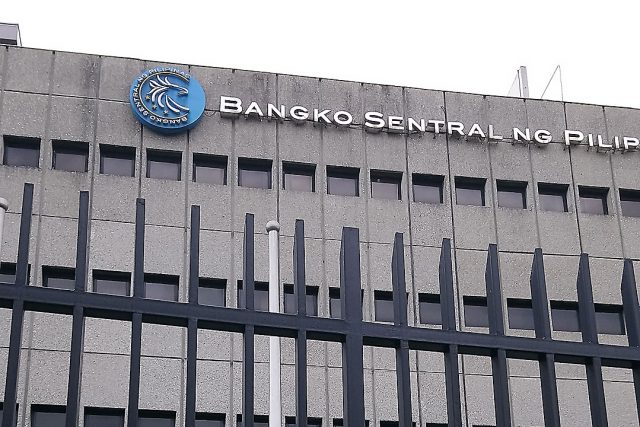
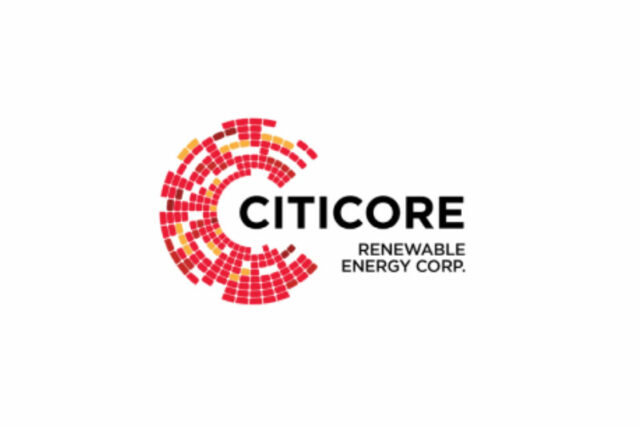
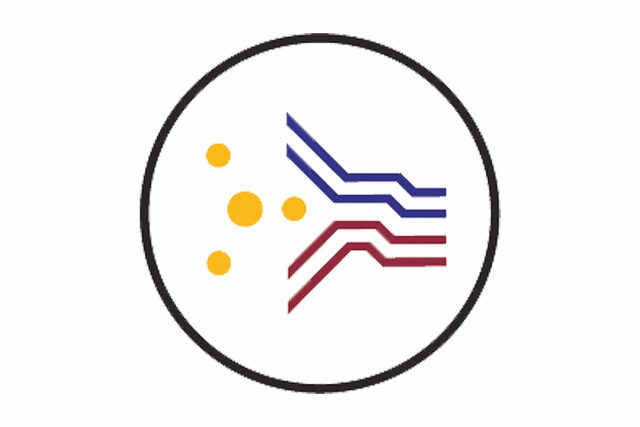


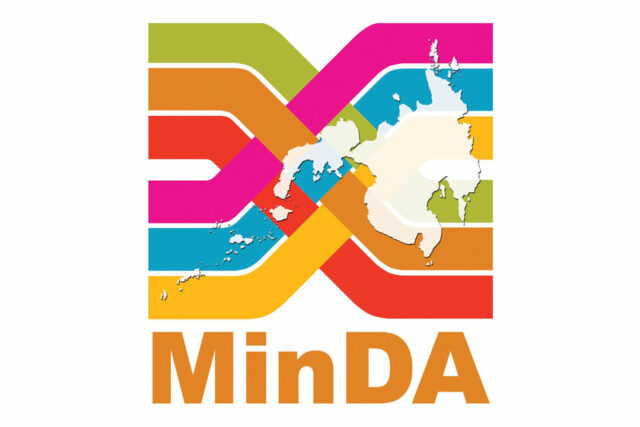



![top-view-piggy-bank-money-[freepik]](https://www.bworldonline.com/wp-content/uploads/2022/03/top-view-piggy-bank-money-freepik-640x427.jpg)
